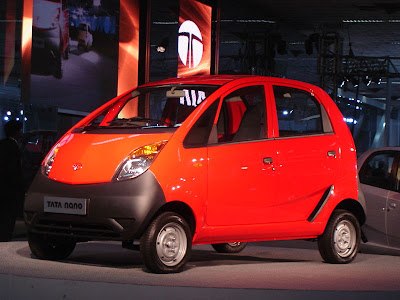Ever thought while you were buying a car – whether the steering wheel of your dream car is ideal for driving. Well, when I said 'ideal', I meant whether the steering system is comfortable as well as luxurious.
Steering wheel which is an integral part of automotive suspension and steering parts is operated as well as controlled by the person on the driver's seat.
Hence, it is very essential that you ensure that your car has ideal steering wheel. The cover of steering wheel is vital for comfortable driving. There are huge number of options availa

ble in the
auto industry. Here are some of the tips to keep in mind while choosing your covers for steering wheel.
Genuine Leather - Make sure that whichever steering wheel you choose has genuine leather as cover material. The right kind of leather will ensure that cover lasts for a longer time. Manufacturers have also come up with environment friendly material for steering wheel.
Non Slip Steering Wheel Hold – Try a hand on the steering wheel and ensure that it is non slip and provides a strong hold or grip to the hands.
Luxurious Feel - An important factor that must be noticed is the luxurious feel and look of the steering. If you don't choose luxurious ones, you are about to mar the look of th e plush interiors of your car.
e plush interiors of your car.
Right Feel For Your Hand – The steering wheel cover should give the right feel to your hand and provide proper protection from hot and cold extremes.
Fit – Size is a vital factor while choosing the covers of steering wheel. Check that the cover fits your steering wheel (mostly 6-bolt steering wheel hub adaptor)
Easy to Install – Installation always is to be considered a priority. These covers should be easy to install. Though the covers should be easy to install, it is advised to be done by professionals always.
Evolving from simple vehicle control components to ones with different features, steering wheels have become styling centerpieces of a number of vehicle interiors. Apart from the tips mentioned above, following are some of the features that are in demand for steering wheel cover.
Perforation designs
Non-ozone depleting urethane foam
Color versatility
Hand-sewn construction
Variety of leather wrap stitch patterns
Full range of surface textures
Embossed grains
Try out these latest designs and just add a splash of colors to any steering wheel. You will definitely feel that driving is a more enjoyable experience then. Happy Driving!

















